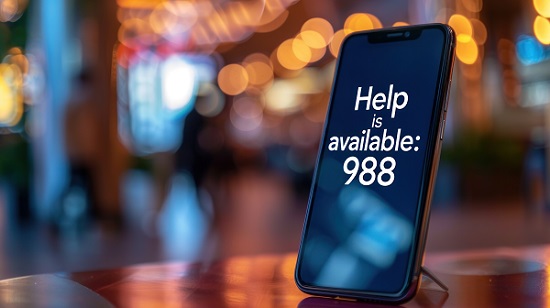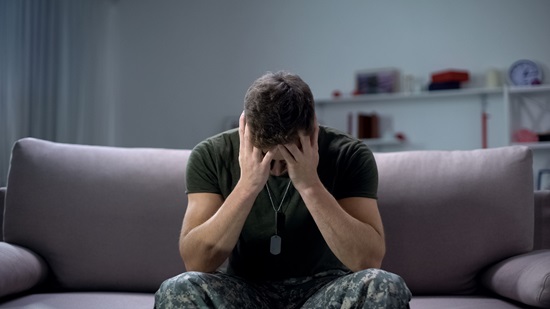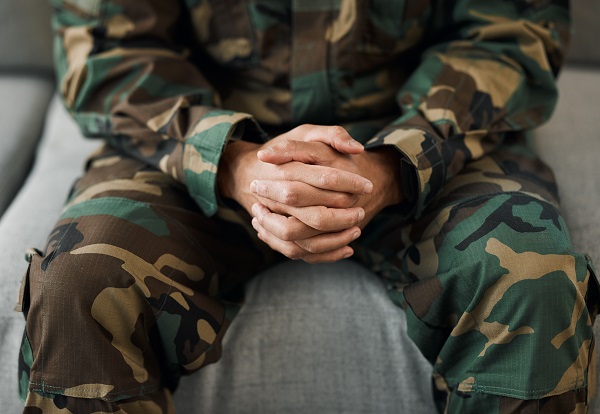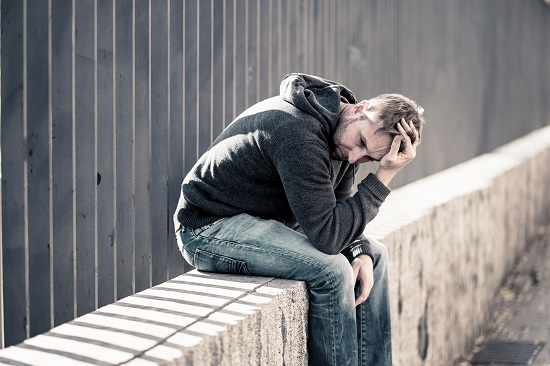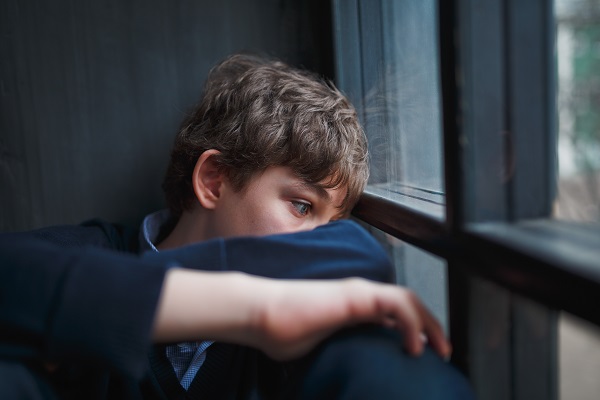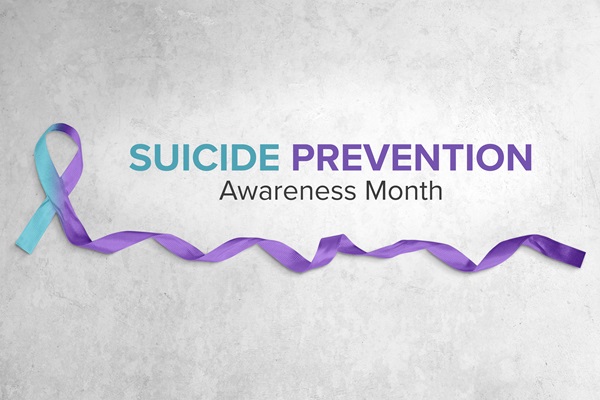Proposed Legislation in Delaware Would Support Families of Suicide Victims
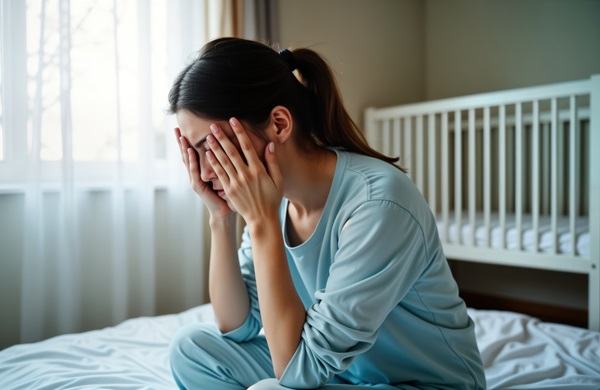
A recently introduced bill in the Delaware state legislature would enable family members of individuals who died by suicide to receive support services.
The bill, known as the Elizabeth Barnes Act, represents an important acknowledgment of the impact that suicide can have on those left behind. It also speaks to the critical importance of suicide prevention and accountability for victims and their families.
What the Delaware bill would do
According to Delaware Online, the proposed legislation would establish a fund to provide support services for costs related to the loss of a loved one to suicide, including funeral expenses, mental health counseling, temporary housing, and lost wages. The program would utilize the state’s existing infrastructure to provide similar support to victims of crime—a system that currently does not aid families of suicide victims since suicide is not a crime.
The bill is named in honor of Elizabeth Barnes, a Delaware mother who died by suicide. It was introduced alongside a suicide prevention bill, known as DJ’s Act, which would establish a state Office of Suicide Prevention to work with suicide prevention organizations, oversee funding for suicide prevention, and promote best practices for suicide prevention.
As longtime believers that the law has an important role to play in suicide prevention, we applaud the efforts of lawmakers in Delaware and across the country to devote state resources to both suicide prevention and assistance for the families of suicide victims. Suicide is preventable, and with sustained, dedicated effort, we can reverse the alarming recent increase in suicide rates and continue to work toward zero suicides.
The importance of community support in suicide prevention
Ultimately, everyone has a role to play in suicide prevention, from government agencies to healthcare providers to friends and family members of individuals at risk of suicide. At the individual level, it’s important to:
1. Pay attention to the warning signs of suicide risk (see next section for a list of warning signs).
2. Ask the at-risk person directly whether they are considering suicide. (The idea that asking about suicidal thoughts increases their risk of dying by suicide is a myth.)
3. Refer the person to appropriate mental health services, whether that’s calling the 988 Lifeline or seeking inpatient mental health treatment.
Medical professionals who treat patients at risk of suicide have an especially significant responsibility to those patients. Fulfilling that duty means asking appropriate screening questions, following up on any sign of suicidal ideation, referring the patient to appropriate specialty services, and clearly communicating that the patient is a suicide risk so that they don’t fall through the cracks. When medical professionals and healthcare facilities fail to properly assess, supervise, and treat at-risk patients, lives can be lost unnecessarily. That’s why accountability is so important.
Warning signs of suicide risk
Recognizing the warning signs of suicide can help save a life. While not every individual will show the same signs, there are common behaviors, expressions, and changes that may indicate someone is in crisis. These include:
– Talking about wanting to die or expressing feelings of hopelessness
– Withdrawing from friends, family, or social activities
– Sudden mood swings or intense emotional distress
– Giving away personal belongings or tying up loose ends
– Increased use of alcohol or drugs
– Sleeping too much or too little
– Talking about feeling trapped or being a burden to others
– Extreme mood swings, such as going from very sad to calm or even cheerful
– Changes in eating habits or personal hygiene
– Loss of interest in previously enjoyed activities
These signs don’t guarantee someone is considering suicide, but they warrant serious attention. If you notice any of these behaviors in someone you care about, don’t hesitate to speak up and take action. Early intervention can make all the difference.
If you’ve lost a loved one to suicide completion, we can help
Suicide is preventable, and a key part of suicide prevention is seeking accountability and justice for victims and their families. If you lost a loved one to a preventable suicide, we would be honored to listen to your story and explain your legal rights and options.
Give us a call or contact us online today for a free consultation with the Law Offices of Skip Simpson. We’re based in Texas and serve families throughout the United States.




